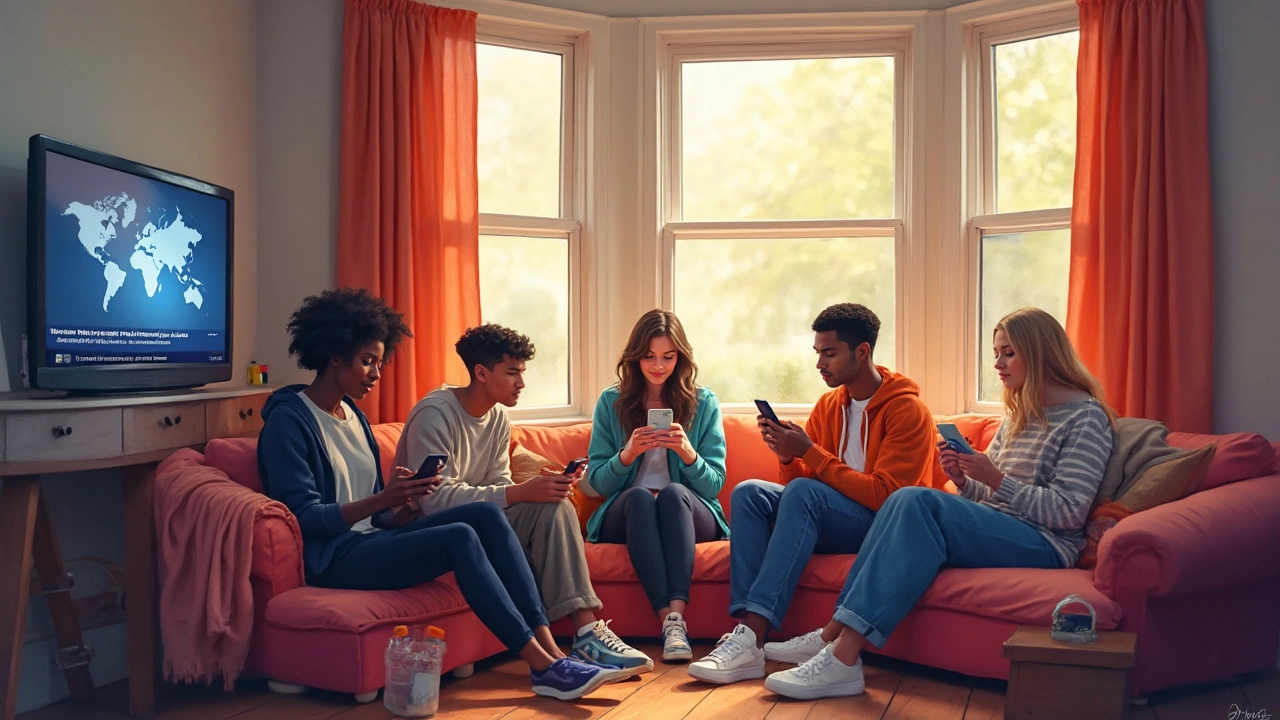Media Habits: How Londoners Consume News in 2025
Ever wonder how most people in London get their news today? The answer isn’t a single source – it’s a mix of old‑school papers, online sites, and social feeds. Knowing what works best can help you stay informed without drowning in information.
First, let’s talk about the morning routine. A surprising number of commuters still pick up a printed newspaper on the tube. Titles like The Guardian and the Financial Times report steady readership because many readers trust the depth and credibility of print. But the paper’s audience is shrinking – it’s now mainly professionals and older readers who appreciate a tactile experience.
Print vs Digital: Where the Audience Is
Digital platforms have taken the lead. In 2025, over 80% of Londoners check news on a smartphone at least once a day. Services such as Google News UK and the BBC app curate headlines based on personal interests, so the content feels relevant and immediate. This shift also means the speed of news cycles has increased – stories that were once a day old are now updated every few minutes.
What does this mean for you? If you rely on a single source, you might miss out on alternative viewpoints. Mixing a trusted paper with a digital aggregator gives a broader picture and reduces echo chambers.
Social Media as a News Source
Social platforms are the wild card in today’s media habits. Facebook, Twitter, and TikTok have become go‑to spots for breaking stories. The appeal is clear: you get real‑time updates, videos, and the chance to see how others react. However, the fast pace also brings misinformation. A quick tip is to follow verified accounts and cross‑check headlines on reputable sites before sharing.
Another trend is the rise of short‑form video news. Platforms like Instagram Reels and TikTok now host concise news bites that explain complex topics in under a minute. This format fits the busy London lifestyle, where people want the gist while waiting for a train or coffee.
So, how can you shape a healthy media habit? Start by setting a daily limit on social scrolling – maybe 15 minutes in the morning and 15 in the evening. Use that time to browse a mix of sources: a reputable newspaper online, a trusted news app, and a curated social feed. This balanced approach keeps you updated without feeling overwhelmed.
Finally, remember that media habits are personal. What works for one person might not suit another. Experiment with different sources, track how each makes you feel, and adjust. The goal is to stay informed, feel confident about the news you consume, and avoid the noise that clutters the modern media landscape.
By understanding the blend of print, digital, and social channels, you’ll be better equipped to navigate the news world in London. Keep an eye on emerging platforms, stay critical of what you read, and enjoy a well‑rounded media diet.

Where Do Most Americans Get Their News? The Surprising Shift in Breaking News Habits
Americans' news habits have changed a lot in the past decade. While TV used to be the main source, smartphones and social media now play a leading role. This article dives into the top places Americans actually get their news and why these trends matter. You'll get practical tips on spotting reliable updates and see how these habits compare to the UK. Let's cut through the noise and see what platforms really rule today.
READ MORE